Winter is a severe test for the fragrant beauty-rose. In our latitudes, there are often temperature differences, and sensitive flowers always react to them. Pruning climbing roses in the fall is a necessary procedure that must be done competently and in a timely manner.
Content
Characteristic of Curly Roses
Curly roses are divided into three main groups:

- ramblers. Their shoots are flexible, green, small inflorescences, with double petals. Flowers appear on last year's shoots. Among the famous ramblers, Santana, the Lagoon and the Flaming dance are distinguished;
- hybrid varieties. They were received by crossing repair and spray roses. The shoots of hybrids are strong and elastic, lignify over time. The flowers are large, collected in cystic inflorescences. Inflorescences can be seen on any shoots, regardless of the year of growth. Hybrids include roses from the nursery of Wilhelm Cordes, as well as Sympathy, Polka and Utersen variety;
- mutagenic or spray roses (klaymbing). They grow rapidly, turning into a picturesque shrub. Varieties such as Golden Perfume, Mir, Aloh and Elven Rose are popular in Russia.
The need for cropping
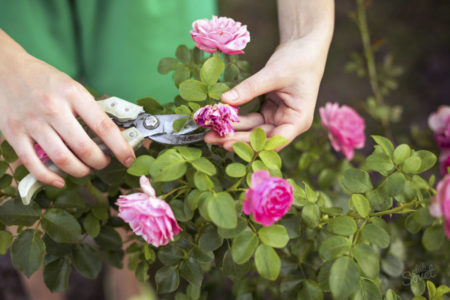 Some gardeners believe that pruning climbing roses for the winter is not necessary. If the bushes are too thick, there will be little light on them. Shrubs thin out regularly. This increases their lifespan and prevents the development of diseases. Pruning roses is done in the second year after planting young seedlings.
Some gardeners believe that pruning climbing roses for the winter is not necessary. If the bushes are too thick, there will be little light on them. Shrubs thin out regularly. This increases their lifespan and prevents the development of diseases. Pruning roses is done in the second year after planting young seedlings.
There are many reasons why you need to prune roses:
- the bush takes a well-groomed shape;
- the procedure rejuvenates the plant;
- if the bush is thinned, more light and air penetrate into it. They provide uniform warming and airing of the rose;
- shoots grow and multiply better;
- diseases bypass the shrub;
- the roots of roses become stronger, and the buds are more magnificent and larger;
- long lashes are easier harbor for the winter.
The factors that speak in favor of this procedure are more than enough. She has only one drawback. With a sudden increase in air temperature in the fall, sleeping kidneys may wake up. If this happens, the kidneys do not withstand subsequent cold weather and die.
Trimming tools
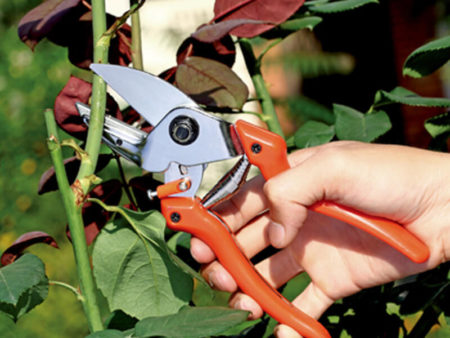 Correctly cut the climbing rose will help garden tools:
Correctly cut the climbing rose will help garden tools:
- scissors and knife;
- secateurs;
- rake;
- tight and durable gloves.
Gloves are needed to protect hands from spikes. Rakes remove cut lashes from the ground.
Procedure Tips
Before the procedure, all instruments must be cleaned of rust and sharpened well. Slices on the lashes should not be torn: this will bring pain to the bush and slow its growth. Tools are disinfected with potassium permanganate so that dangerous fungal spores do not get into the places of cuts. Each section of the cut is treated with a prophylactic solution. This can be potassium permanganate, copper sulfate, wood ash, activated carbon or garden var.
When to trim
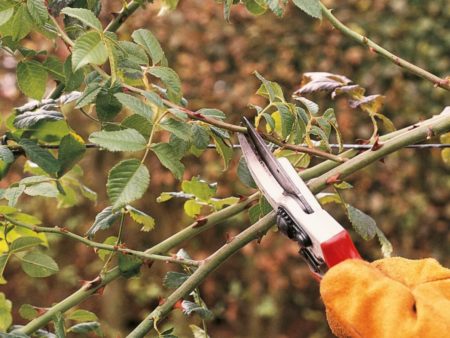 When pruning climbing roses, you need to know that caring for them in the fall is preparation for winter. The procedure should be carried out on time, before frost and cold, in dry and sunny weather. The best time to trim is the second decade of October or November. Dates can be shifted if they are influenced by the climate in the region.Before manipulation, you need to monitor the air temperature at night for several days. It should not be higher than -5C, so that pruning does not become an incentive to awaken the bush.
When pruning climbing roses, you need to know that caring for them in the fall is preparation for winter. The procedure should be carried out on time, before frost and cold, in dry and sunny weather. The best time to trim is the second decade of October or November. Dates can be shifted if they are influenced by the climate in the region.Before manipulation, you need to monitor the air temperature at night for several days. It should not be higher than -5C, so that pruning does not become an incentive to awaken the bush.
Types of Autumn Pruning
Autumn pruning of climbing roses is:
- light (long);
- medium (moderate);
- radical (short);
- mixed.
With light pruning, the branches are slightly trimmed from above. So, they are processing ground cover varieties, as well as old english roses. During the procedure, about 10 kidneys are left on a branch. With medium pruning, the shoots are shortened by 50%. Manipulation is suitable for any tea-hybrid shrub.
Short pruning is the most radical of all. The branches are cut to the base, leaving no more than two buds on them. So, they process lushly overgrown climbing roses. Combined manipulation includes elements of several types of procedure.
Any manipulation is carried out by slightly tilting the branches. Moisture flows downward along inclined branches without stopping. This will help prevent decay and infection of the cut sites.
General pruning rules
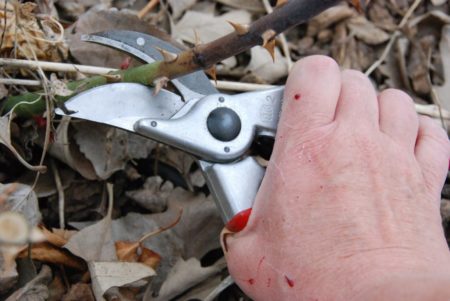 Before cropping roses in the fall, gardeners carefully prepare for this. Nitrogen-containing fertilizers finish applying in the summer (in June). In the second decade of September, the last portion of autumn fertilizer is introduced. They also stop cutting flowers from the bushes so as not to provoke the appearance of new ones.
Before cropping roses in the fall, gardeners carefully prepare for this. Nitrogen-containing fertilizers finish applying in the summer (in June). In the second decade of September, the last portion of autumn fertilizer is introduced. They also stop cutting flowers from the bushes so as not to provoke the appearance of new ones.
Before the procedure, you need to find the oldest branch. It is easy to distinguish it from young shoots. It is thick, with dry bark and branches on the sides. The cut angle should be 45 degrees, indented from the kidney by 5 mm. All flowers and leaves need to be removedso that the bush does not rot. Sick, thick and dry shoots are excised with a hacksaw. It is better to cut them in the direction of the external kidney: this way the bush will not thicken, and it will become more convenient to thin it.
Ways of autumn pruning of different varieties of roses
In continuously flowering species of roses, buds are located on branches that have grown this year. Floribundam carry out combined pruning. The branches are cut so that about 10 buds are left on them. This is necessary for early flowering. Other shoots can be cut short. They leave from 3 to 5 kidneys. This method stimulates the appearance of young branches, which will bloom later.
Normally, the polyanthus shrub should have 7-8 main shoots. All unnecessary should be removed by carefully thinning the bush in the middle. So, the polyanthus rose will take on the perfect shape of a ball. The main branch is shortened by a third, leaving 1 to 2 buds on growth.
Miniature roses are easy to handle. To give them symmetry, 5 to 7 buds are left on each shoot. In park roses, diseased and dry shoots are removed in the fall, and when the skeleton of the bush is formed, the main branches are shortened to 15 cm.When pruning climbing roses, it must be borne in mind that they come in two varieties. In small-flowered ramblers, shoots are long and thin. Since they will not bloom again, it is better to cut them short. You can not do radical pruning, but remove broken branches, dry flowers and leaves. So, they do it if the bush has not yet managed to grow too big.
The second variety of climbing roses is klimber. The branches of the Kleimbers are much thicker and shorter, up to 2.5 m in length. Unlike ramblers, they can form new flowers on last year’s branches.Weak shoots are removed, leaving those who are not yet 4 years old.
In semi-braided varieties, annual branches are shorter by a third. On two-year shoots leave from 1 to 2 buds. In standard hybrids, each branch is shortened by 3-5 buds, while the side shoots need to be cut short. Free space is left in the middle of the stem. There is a kind of weights with weeping crowns. All shoots of last year are removed from them, leaving new ones. If there are not many new branches, choose last year's ones, which look symmetrical. They cut the lateral shoots into 3 buds.
In ground cover shrubs, all branches that have bloomed are removed. It is necessary to leave shoots located at the roots. They are slightly bent to the ground and fixed. This method stimulates the formation of new ovaries. They will bloom profusely in the spring.
Actions after the autumn pruning of curly roses
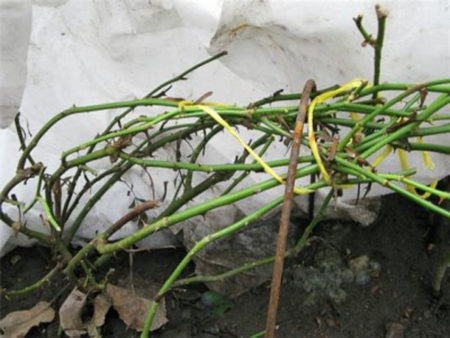 Roses need not only to be pruned, but also harbor for the winter. There are many frost-resistant varieties, but they are all afraid of temperature extremes. As soon as the stoblik of the thermometer drops to -5С, the branches of the bush are twisted slightly, bending to the soil, and covered with a structure in the form of frame arcs. On top of the frame is covered with a dense material that will retain heat and repel moisture. To do this, use durable polyethylene or spunbond.
Roses need not only to be pruned, but also harbor for the winter. There are many frost-resistant varieties, but they are all afraid of temperature extremes. As soon as the stoblik of the thermometer drops to -5С, the branches of the bush are twisted slightly, bending to the soil, and covered with a structure in the form of frame arcs. On top of the frame is covered with a dense material that will retain heat and repel moisture. To do this, use durable polyethylene or spunbond.
Bending branches to the ground, you can’t do it rudely. Over time, they themselves will bend down to the soil. Before shelter, you need to carefully examine the entire shrub. It may have wounds or small cracks. They are treated with antifungal agents.
Pruning roses before shelter for the winter - a necessary event. It will help save the bush from the cold, and it will delight its owner with beautiful flowering in the coming spring.


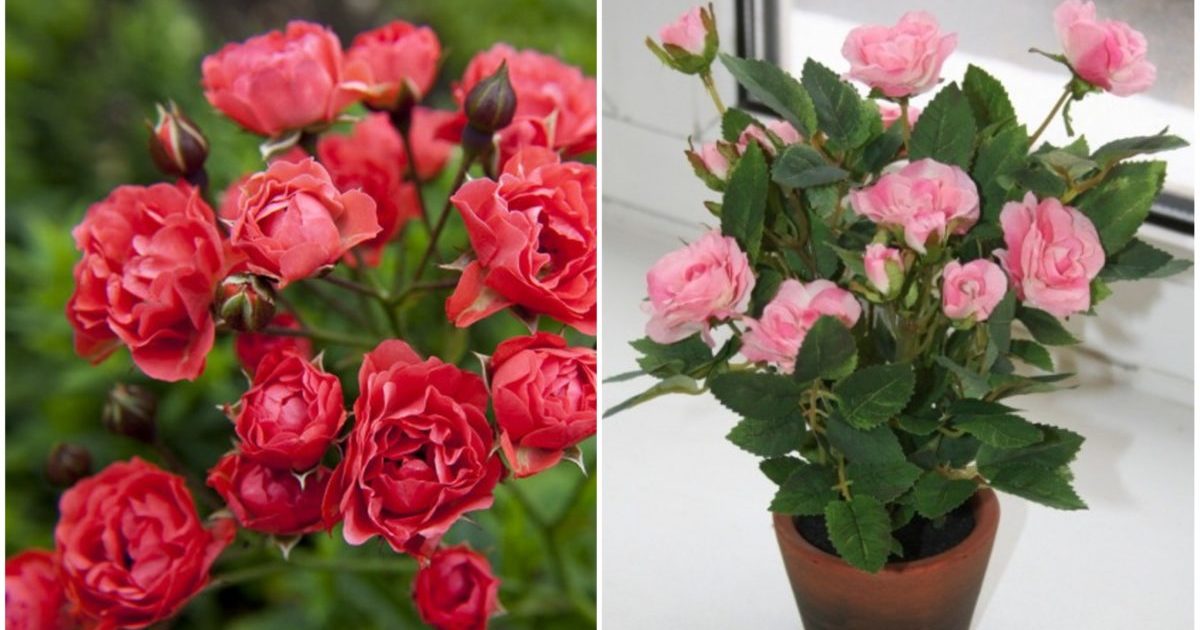
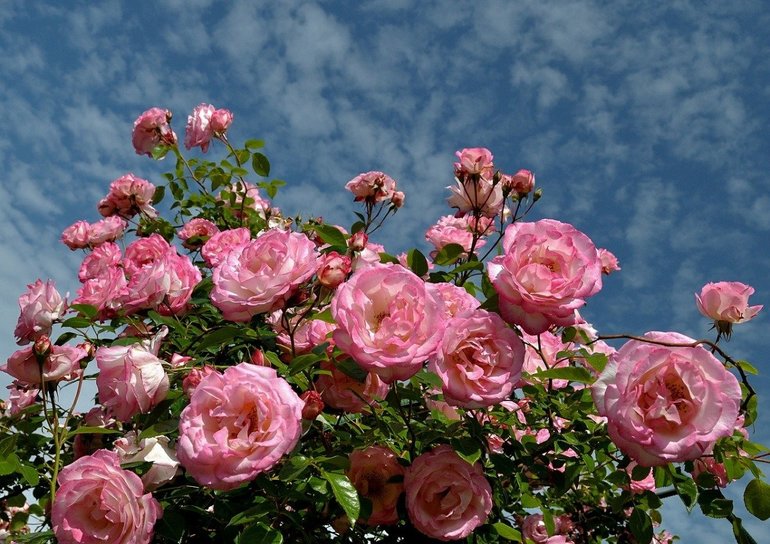
 Shelter of roses for the winter: at what temperature does the robot hold
Shelter of roses for the winter: at what temperature does the robot hold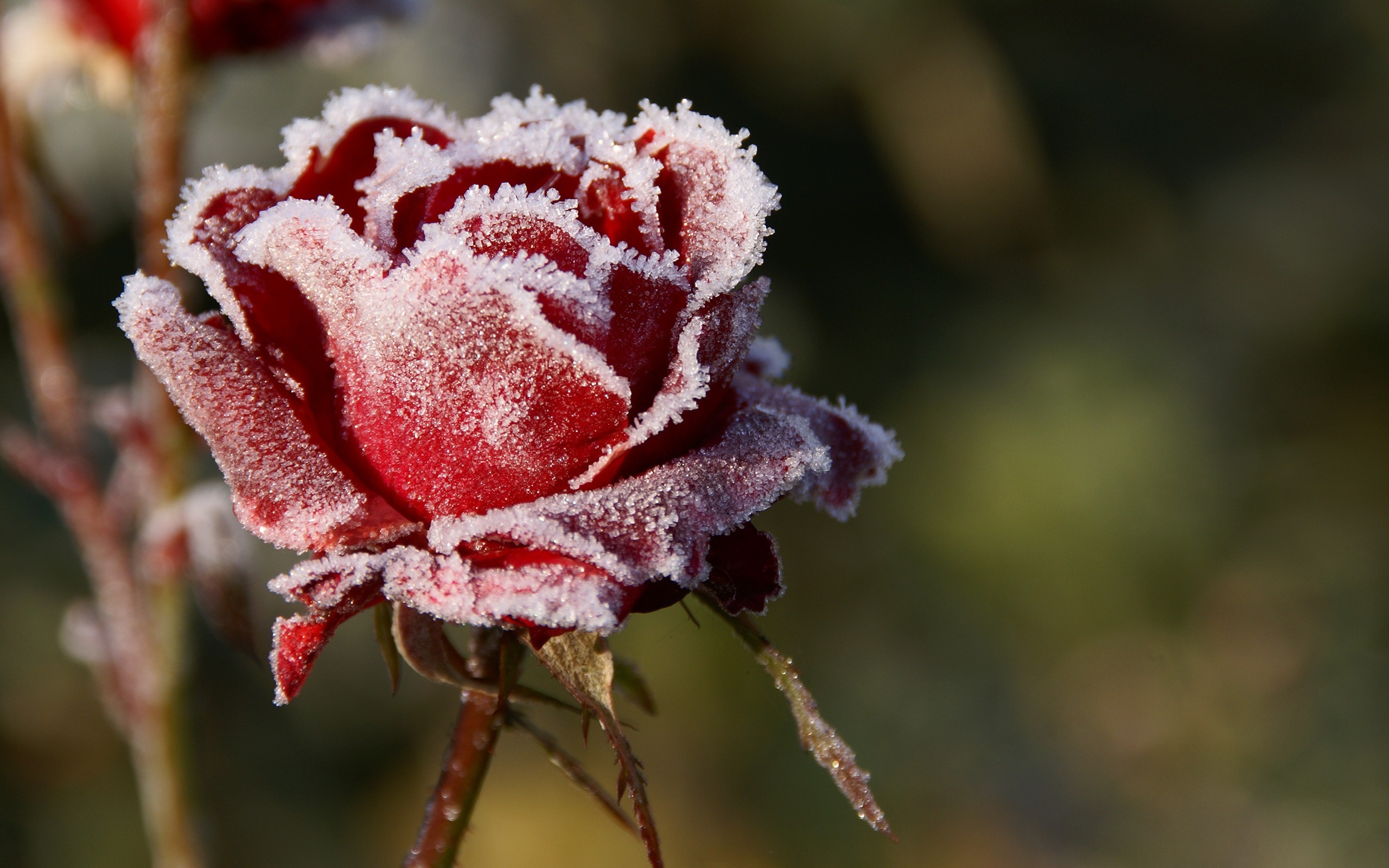 How to prune roses in the fall: timing, pruning rules, pros and cons
How to prune roses in the fall: timing, pruning rules, pros and cons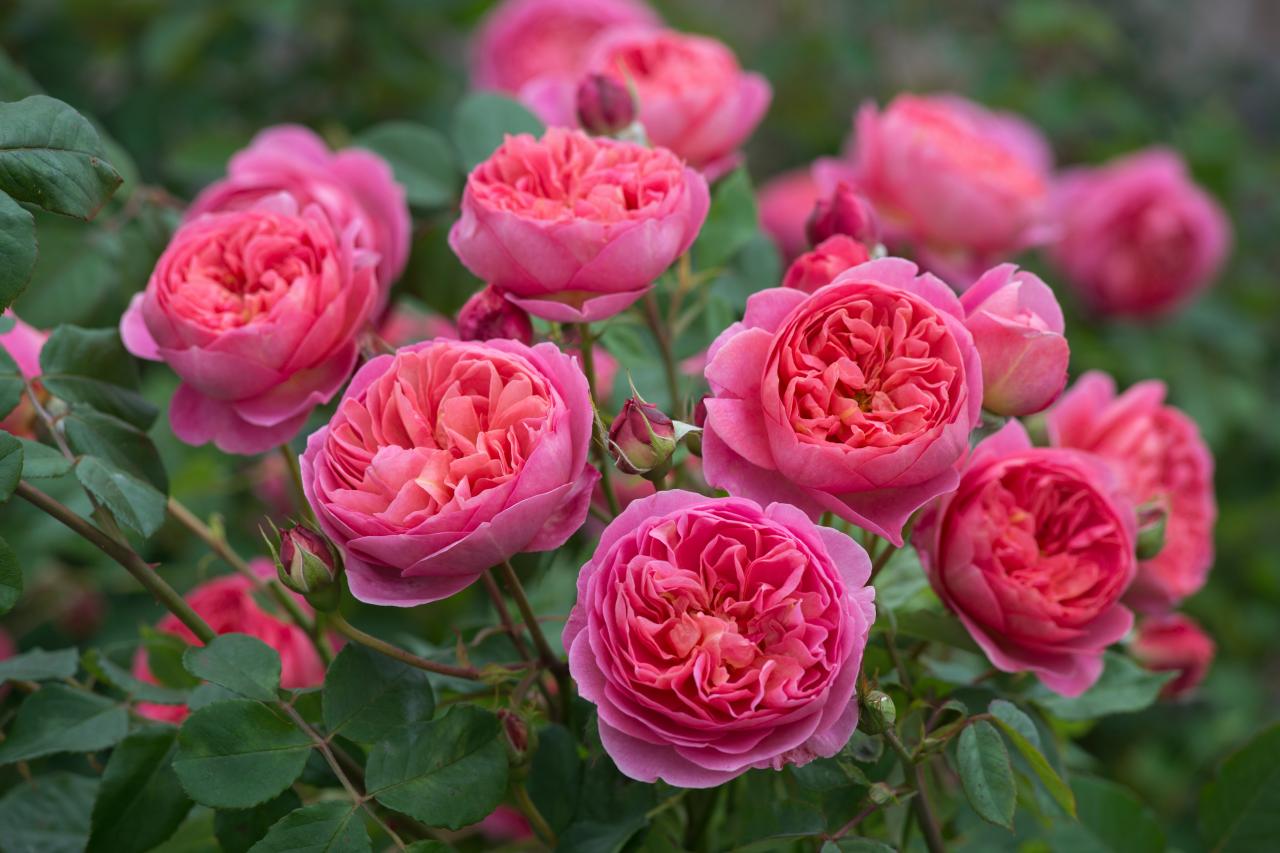 What are the varieties and types of roses
What are the varieties and types of roses How to process roses with iron sulfate in autumn: proportions, advantages and disadvantages
How to process roses with iron sulfate in autumn: proportions, advantages and disadvantages